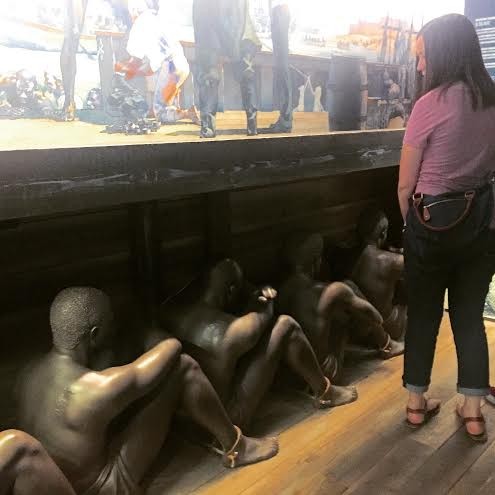 Bruce VanWyngarden
Bruce VanWyngarden
Oh would some power the giftie gie us, to see ourselves as others see us. — Robert Burns
Scottish poet Robert Burns wrote the line above in response to seeing a louse on a high-born lady’s bonnet at church. The point being, of course, that while we might think we’re looking pretty good, someone else might be noticing a flaw we’ve overlooked. The reverse is also true: Others may see virtues in ourselves we have taken for granted or forgotten we had.
Such was the case for me last weekend, when my mother, my brother, and his wife came to spend a few days with us. My brother is a Civil War and history buff, and they’d been traveling through Tennessee and Mississippi, visiting various battlefields and historic sites. They’d enjoyed the history lessons and the scenery but were less than impressed with the plethora of Confederate flags and bumper stickers they’d seen on cars and homes and businesses throughout their travels.
The people of the South, they thought, seemed to have regressed since their last trip through three years ago. Enter Memphis. After a couple of days, the dense canopy of oaks, the rambling houses and neighborhoods, the restaurants, the river views, South Main, and the friendly people they met everywhere they went worked their magic.
“This is no backwater town,” my brother said. “The difference between what we’ve seen on the road and here is really surprising.”
“Well,” I said, “we do have a Nathan Bedford Forrest statue, but it probably won’t be here the next time you come through.”
So we drove to see it. I remained in the car while Perry hustled over to the statue and took a couple of shots. Then, as a palate cleanser, we went to the National Civil Rights Museum.
I hadn’t been to NCRM since the renovation a couple of years back, and I want to tell you — all of you Memphians who haven’t been lately, or ever — get down there and see this museum. It’s so impressive now.
The visit begins in a room dedicated to the history of slavery, with a life-sized statuary of men in chains, in the position in which they were restrained for the trans-Atlantic journey. Maps and interactive displays bring the evils of slavery to life in ways that will stay in your head for days. It should be a required experience for every American, and certainly every Southerner.
After a rather hokey short film, which was the only off-putting note of the entire experience, you journey ever-upward, through Reconstruction, and the Jim Crow era, and into the struggles of the 1960s. The museum’s former touchstones — Rosa Parks’ bus, the iconic lunch counter, the burned-out Freedom Rider bus, the Memphis Sanitation Department truck, Dr. King’s motel room — are all still there, but they’ve been enhanced with other exhibits and made more compelling and engaging.
As you leave the Lorraine Motel building, you are directed across the street into the former rooming house where James Earl Ray(?) pulled the trigger. It’s sobering to look out the sniper’s bathroom window at the balcony where Dr. King fell. Then — surprisingly, for me — you can immerse yourself in every conspiracy theory about the murder you can imagine: Did Ray have help from the FBI? The Mafia? Memphis police officers? A local racist grocer? Each possibility is examined in detail, and evidence and testimony is presented, pro and con. We left the museum not knowing what to believe, but convinced that it was unlikely that Ray acted alone.
That mystery still lingers, as does the memory of an afternoon well-spent.
So go. Take your family and friends. Give yourself that gift.